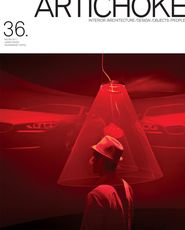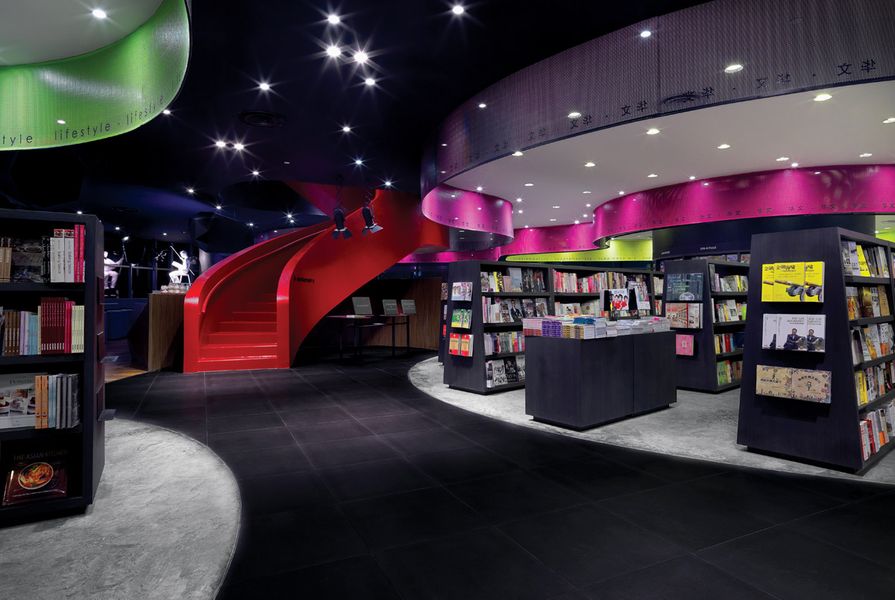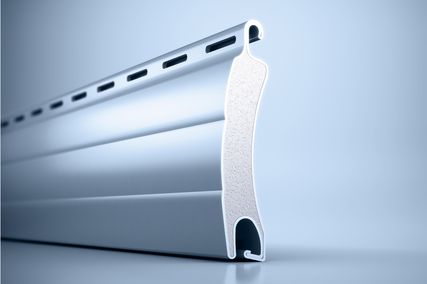If telling a compelling story is the key to great design, then Colin Seah, creative director of Singapore studio Ministry of Design, is a natural raconteur. In any great story, the journey is as important as the destination. And Colin’s own journey to design makes an interesting tale. “The world of design was never something that I was conscious about, growing up,” he explained during a recent trip to Melbourne for Designex. “There were no relatives or major role models who excited me and, even to quite a late age, in my early twenties, there was no inkling at all that this is what I wanted to do.”
An eraser becomes a case, commissioned by the Singapore Art Museum.
Image: Edward Hendricks
Seah attributes this, in part, to the lack of design exposure in Singapore and a propensity for students to be streamed academically from a young age. Had he not stumbled across design, he suspects he would have pursued a career in journalism or literature. However, a stint in the national service prompted him to take leave of his studies, opening up a new world of opportunities. “When I was in school, because of my interest in literature, I was involved very heavily in theatre. I was doing things like set design and program design without really thinking about design – it was more an extension of trying to find ways to tell a story and doing whatever was needed to tell that story.”
A brief stint as a photographer revealed a different type of storytelling. However, Seah eventually found the two-dimensional nature of photography frustrating. “There was something deeply dissatisfying about photography. Although the making of the scene in person was highly exciting, the end product, being two-dimensional, no matter how big the picture was, the audience could never penetrate it. They could observe it from afar, but were never actually part of it.”
Interiors and branding for The Club Hotel in Singapore, 2010.
Image: Edward Hendricks
This realization led Seah to consider alternatives, eventually recognizing the power of architecture to satiate his creative needs. “Architecture is something permanent – well, as permanent as things can be. It’s fully immersive, because you can appreciate it from afar, but then you enter the building, you use the space, you dwell in it. In instances it affects you, and you impact it as well. The way you use it, the way you walk through space, whether you’re sashaying or you’re lounging – it transforms the space. Architecture is user-dependent – it’s not passive. And that engagement is quite incredible.”
It is this passion for the experience of architecture that has helped Seah build Ministry of Design into what it is today. Unbound by the limitations of bricks and mortar, Seah and his team apply what he calls an “intra-disciplinary” approach to projects – drawing on different design fields to come up with a solution. “On any one project you have different people – architects, interior architects and graphic designers – all working together to come up with ideas. They’re all just expressions, different mediums to respond to the client brief. My training may be architectural, but I see myself as a designer of experiences and I use whatever medium I need to arrive at that point,” he said.
Woofer Chair designed for furniture brand Saporiti Italia.
Image: Courtesy Saporiti Italia
Although his design philosophy – “question, disturb and redefine” – suggests a propensity for rebellion, Seah insists that this is not the case. “We’re not rebels or anarchists by any means. I’m quite happy to tow the line if that line is the best, most appropriate and most relevant line. The notion of ‘disturb’ in this case is not to disturb for the sake of creating a disturbance, but disturbing because you have to in order to get the best result.”
Seah’s ideal project is one that features equal collaboration between the designer and client, and which he can relate to on a personal level. Currently, this includes the reimagining of Tang’s, one of Singapore’s most established department stores. However, Seah’s greatest and most passionate project to date is the establishment and growth of MOD itself. “The dream project is the one you invest in the most and also the one that’s most reflective of who you are. For me, it’s the studio, it’s the never-ending perennial project that constantly gets shaped and moulded, and which tells the most compelling story.”
Source

People
Published online: 20 Dec 2011
Words:
Youna Angevin-Castro
Images:
Courtesy Saporiti Italia,
Edward Hendricks
Issue
Artichoke, September 2011























